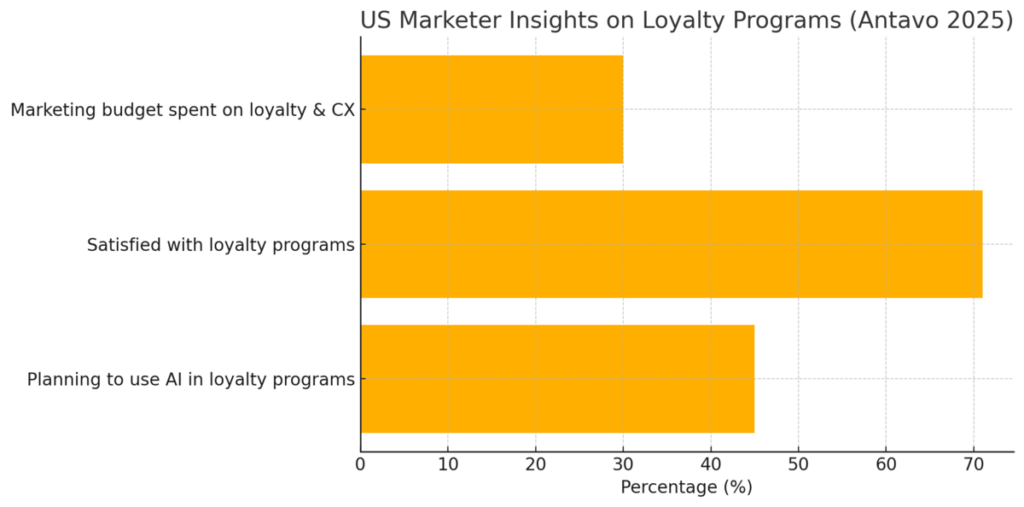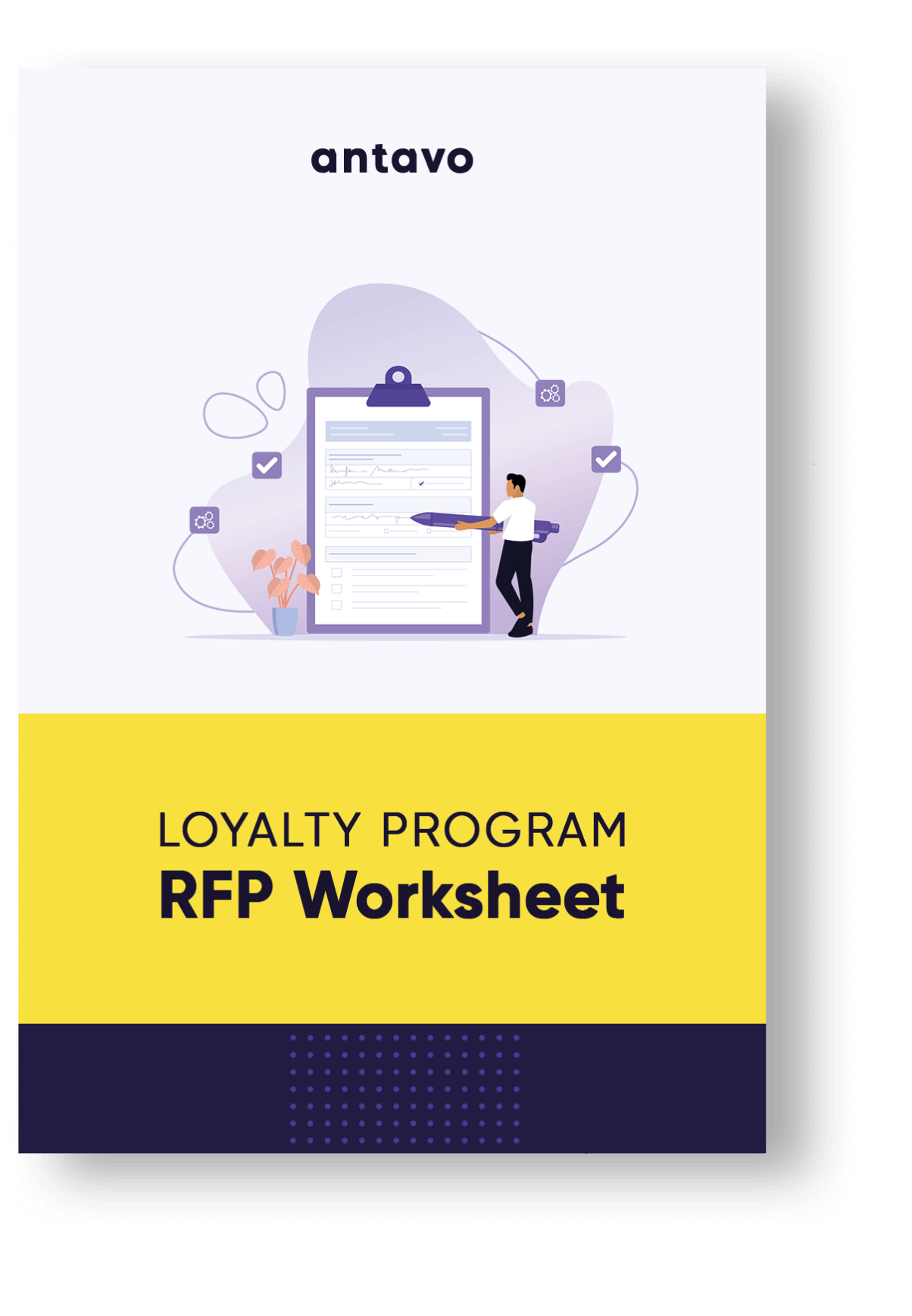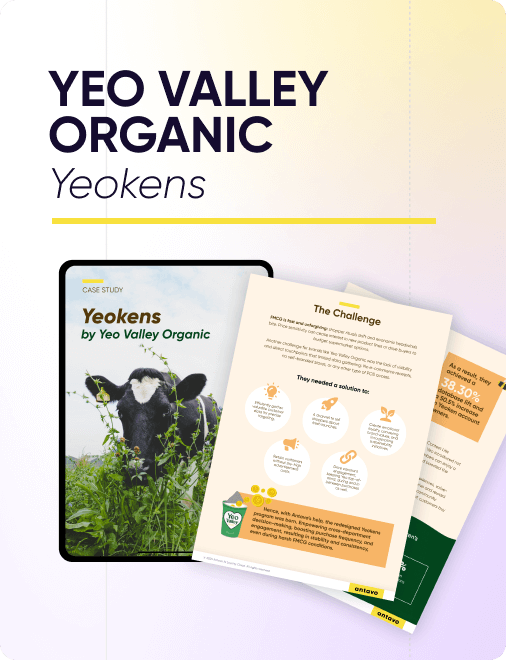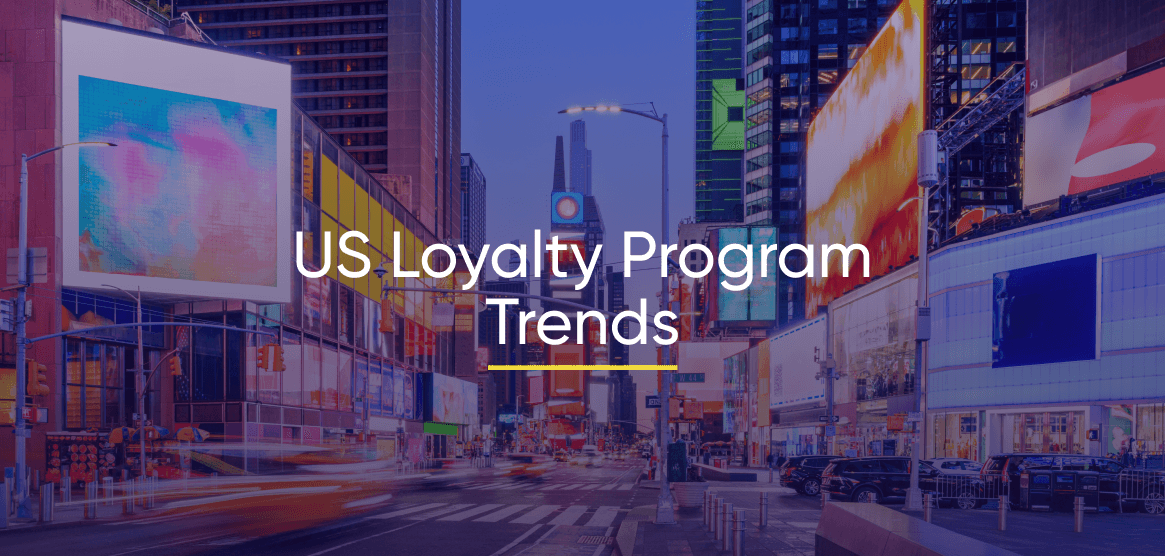The US loyalty landscape in 2025 is marked by a strong consumer desire for transactional rewards and flexibility in earning and redeeming points. To help you better understand the loyalty program landscape of this complex yet magnificent region, we analyzed the benchmarks of our Global Customer Loyalty Report 2025 to find statistics and benchmarks for US loyalty trends. The findings are rather interesting, so keep on reading!
This article discusses topics such as ROI. If you wish to calculate the return on investment for your loyalty program but lack the right tools, our ROI worksheet might help.

What US Consumers Want From Loyalty Programs
After analyzing Antavo’s Global Customer Loyalty Report 2025 for US consumer insights, key findings include:
- US Consumers want transactional rewards and no expirations on points: Earning rewards, discounts, or cash back is the dominant motivator to join loyalty programs for 74% of US consumers. In addition, 49% would like to see no expiration of points, as points often expire after 12 months.
- Consumers are open to joining loyalty programs that use AI: 34% of US consumers are interested in joining loyalty programs that use AI to help them get the most out of their benefits. That’s significantly higher compared with just 23% in the UK, showing that the US is more likely to adapt emerging technology and hunt for AI-powered programs.
- Program members want more freedom to earn and burn points: 41% of U consumers stated that they want more ways to earn points in loyalty programs—including non-transactional actions, such as engaging in physical activities or donating old items. In addition, over a third (38%) want more ways to redeem points and rewards, such as choosing a physical gift or early sale access.
- Point pooling and family accounts will become more prevalent in the US loyalty market. According to Antavo’s data, 76% of US consumers would rather shop with brands that let them share their loyalty account with friends or family to combine points. This fully aligns with the global average, showing a strong preference for collaborative loyalty benefits.
- Mobile apps and digital cards are the preferred engagement mediums: Mobile is hte US users’ favourite way to interact with a loyalty program, with 57% of respondents preferring a mobile app, followed by 27% preferring a digital loyalty card. However, don’t get rid of plastic cards yet, because there’s also a high demand (27%) for plastic cards.

Business Trends in US Loyalty Programs
Consumers weren’t the only vertical Antavo’s report looked at. The Global Customer Loyalty Report 2025 also identified several trends from businesses that run loyalty programs.
- AI Utilization in Loyalty Programs: In total, 45% of US marketers are currently planning to use AI to manage their loyalty programs. This trend underscores the growing reliance on AI to enhance program efficiency and personalization, reflecting a broader industry shift towards technology-driven solutions.
- Satisfaction with Loyalty Programs: The majority of US brands (71%) express satisfaction with their loyalty programs, particularly those that are currently using AI. This satisfaction is often linked to the ease of managing the program and the constant introduction of new and innovative features, highlighting the value of AI in driving program success.
- ROI Measurement: US marketers tend to diligently measure the ROI of their loyalty programs and generally report a 5.3X return on investment. This focus on ROI indicates a strong emphasis on accountability and performance metrics, ensuring that loyalty initiatives are not only engaging but also financially beneficial.
- Value in Loyalty Technology: US marketers see the most value in loyalty technology solutions that offer ease of management and the introduction of innovative features. This preference suggests that marketers prioritize technologies that simplify operations and keep the program fresh and engaging for consumers.
- Budgeting: When it comes to spending on loyalty and CX, program owners in the US spend 30% of their marketing budget on it, which showcases a strong commitment, as well as an understanding that in order to build loyalty, first you need to spend on it.

Conclusion
Our findings clearly show that both US consumers and businesses are prioritizing innovation and flexibility in loyalty programs, particularly with the integration of AI. This focus on technology and personalized experiences will be key to driving engagement and ROI in the evolving US loyalty market.
Want to start a conversation about launching your loyalty program? Contact our experts by booking a demo to see our platform’s capabilities or by sending us an RFP.
Also, don’t forget to download our ROI calculation worksheet!












